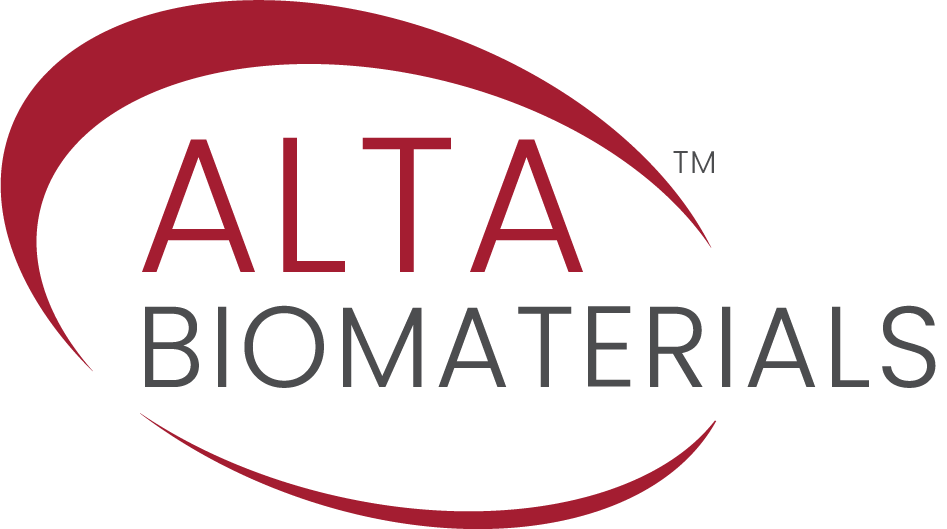Commercial Successes
To date, Alta Biomaterials has successfully commercialized and sold its PzF coated drug-loadable microsphere and embolic bead product lines for treating arteriovenous malformations and hypervascular tumors to Boston Scientific in 2015.
Additionally, Alta Biomaterials had commercialized the COBRA PzF NanoCoated Coronary Stent (NCS), a new category of stent designed to safely and effectively treat patients who may benefit from 1-month of dual antiplatelet therapy (DAPT). *6
Critical Areas of Expertise:
Medical device and implant coating process development
Advanced Polymer Chemistry
Pre-clinical and clinical expertise with novel coatings
Regulatory & Quality Management expertise based on Class III PMA, EU MDR certifications.
Experienced in FDA Case for Quality Voluntary Improvement Program, developing and maintaining compliant quality systems (ISO 13485, European MDR 2017/745, Anvisa GMP).
Flexible manufacturing options in Lab or Class 7 cleanroom environments.
State-of-the-Art Facilities
Located in Carlsbad, CA our facilities include a 2,500 sq. ft., ISO 14644 Class 7 Cleanroom with production and pre-clinical/clinical device manufacturing capabilities and a 700 sq. ft. R&D and PzF Synthesis laboratory.
On-site equipment availability is focused on the core competencies of catheter/angioplasty balloon manufacturing, polymer synthesis, polymer coating, and analysis of surface chemistry and drug delivery kinetics.
Pioneers at the Forefront of Surface Coated Innovation
Alta Biomaterials has a 20+ year legacy in developing next-generation coatings for medical device implants.
Alta Biomaterials aims to be an expert partner to medical device OEM’s looking for coating technologies to enhance biocompatibility and provide anti-inflammatory, thromboresistance and healing properties. *1-5
* AS DEMONSTRATED IN PRECLINICAL STUDIES.
Koppara T, Sakakura K, Pacheco E, et al. Preclinical evaluation of a novel polyphosphazene surface modified stent. International Journal of Cardiology. 2016; 222:217-225.
Mrowietz C, Franke R, Seyfert U, et al. Haemocompatibility of polymer-coated stainless steel stents as compared to uncoated stents. Clinical Hemorheology and Microcirculation. 2005; 32:89–103.
Richter G, Stampfl U, Stampfl S, et al. A New Polymer Concept for Coating of Vascular Stents Using PTFEP (poly(bis(trifluoroethoxy)phosphazene) to Reduce Thrombogenicity and Late In-Stent Stenosis. Investigative Radiology. 2005; 40(4):210-218.
Radeleff B, Thierjung H, Stampfl U, et al. Restenosis of the CYPER-Select, TAXUS-Express, and Polyzene-F NanoCoated Cobalt-Chromium Stents in the Minipig Coronary Artery Model. Cardiovasc Intervent Radiol. 2007.
Tamburino C, Giacoppo D, Capodanno D, et al. The Rapid Evaluation of Vessel Healing after Angioplasty (REVEAL) trial. Interv.Cardiol. 2011; 3 (4): 451-460.
Levine G, Bates E, Bittl J, et al. 2016 ACC/AHA Guideline Focused Update on Duration of Dual Antiplatelet Therapy in Patients with Coronary Artery Disease. Circulation. 2016;134(10):e123-55.)

